Because we live in such a plentiful area, (deer, elk, crab, salmon, mussel, abalone, mushrooms, berries), people didn't have to go far to collect food. That's why they were able to live in villages -- as opposed to those who lived in teepees. Teepees were lived in so they could pack up their belongings and pick up and move.
She first talked about this burden basket. She explained how it is a work basket...an all purpose basket. You might use this to gather mussells, seaweed, acorns, etc. The strap can be put around your shoulders to carry it.
In the burden basket she had some pepperwood leaves. She told us how this helps keep bugs away...and from eating the basket.
Acorns, a staple food, were usually gathered in September. They are crushed and dried. Then the acorn meat is ground into flour. Karen told us her mother had a grinder...a sign of more modern times!
Below is a leaching basket. You would put leaves in the basket to cover the holes...then put the acorn meal on top and pour water over the meal. It would leach out the bitterness of the acorns. Karen's mom would use a flour sack instead of leaves.
You would heat rocks in a fire, then put in the basket (that had water or liquid inside) and stir the rock around with a paddle. You had to keep stirring so the rock didn't rest on the bottom and burn the basket.
Clam shells were eating utensils used by women...
Carved spoons were used by the men.
Flat baskets were used for putting your food on and to serve food. Baskets were used for many things in everyday life.
In the picture below, Karen is holding a miniature eel basket. To catch an eel, it would be put in the river, tied to a tree. Rocks would be put in it so it would sink. As eels come upriver, the swim into the basket and become trapped.
Karen told us how sea lions like to eat them, too. She also told us that when picking up an eel, pick it up near their head so they can't put their suction mouth on you!
This is a miniature baby basket. Several Room 5ers said they had been carried in one of these (not miniature, of course) when they were small.
She also showed us a baby rattle...
and a trinket basket. Men would put tobacco in these to be used in ceremonies.
This basket....Karen wasn't sure what it was used for. It was made from sticks...and she just liked it. There was a bit of a discussion about what it could have been used for.
Here, you can see a bowl...and a basket cap.
Basket caps were used by women...dancers. For example, it's worn during the Brush Dance...a dance to help heal a sick child. The Brush dance starts on a Thursday when they come and start to pray. Friday is a rest day, and when everyone is coming in. Saturday evening the main parts of the dance start. Sunday morning is the best dance and when the best regalia comes out.
Basket caps are also used in the Jump Dance and in special ceremonies...like a graduation.
Karen brought some regalia..like this skirt part of a dress....
This is the apron of the dress. It's made from all natural materials. You can see the shells....lots of abalone shells. They make such a beautiful sound when walking.
Women also wore lots of necklaces. The necklaces are absolutely beautiful!
Men carried quivers made out of otter hide. They also had a jump in the middle stick.
Karen explained that this is a very spiritual experience. If you go to a dance like that, you're suppose to come with good friends and good feelings.
For the regalia, women and men don't touch each other's regalia. If these examples that Karen brought were actual regalia (and not examples) she wouldn't be able to touch the men's.
The last item she had to show us was an elk horn purse. Dentillium shells are kept inside. These are also the shells that many of the necklaces are made from. Men would put marks on their arms to show the value of their strings of shells.
Room 5 seemed fascinated by all that Karen shared. She opened it up for questions...and oh my, were there a lot of questions asked.
Thank you so much, Karen. We thoroughly enjoyed your visit, your presentation...and we learned so much!






















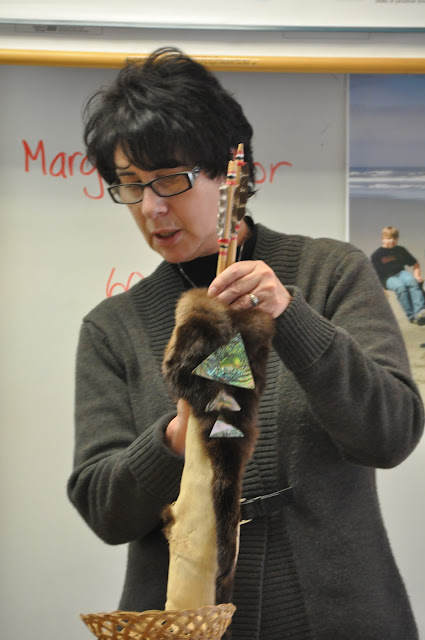


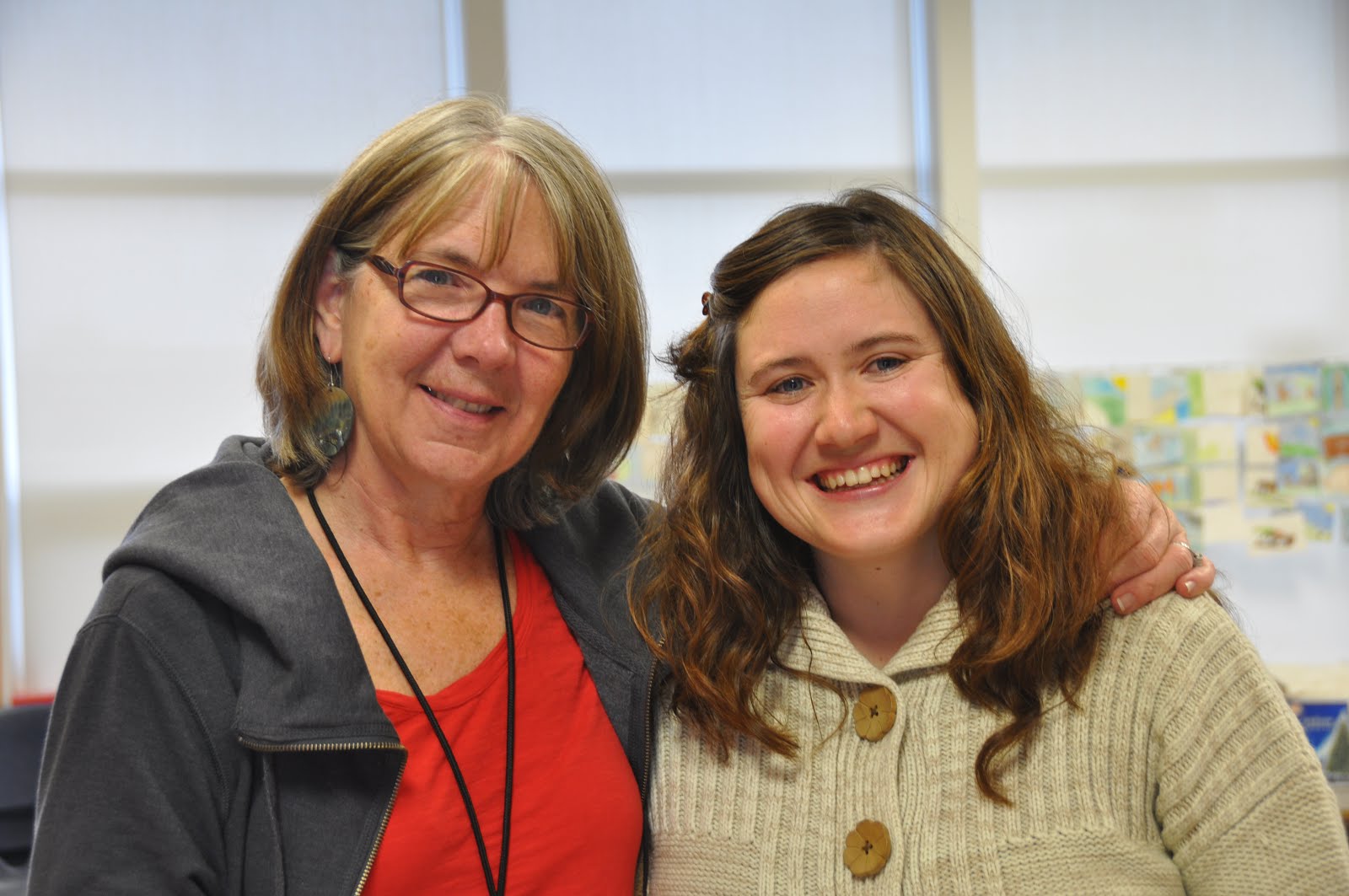



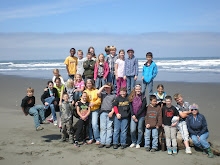

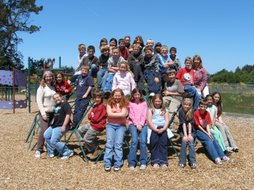

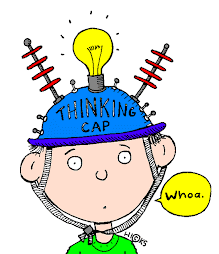
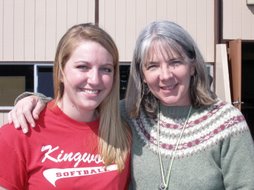

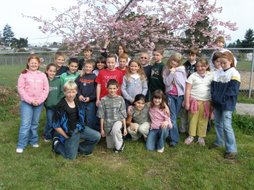
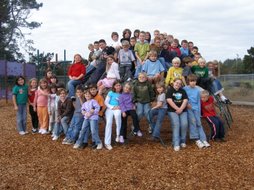

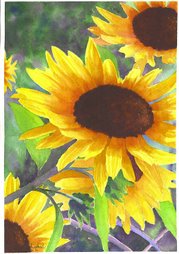

1 comment:
that was very fun learning about the native americans Trent
Post a Comment